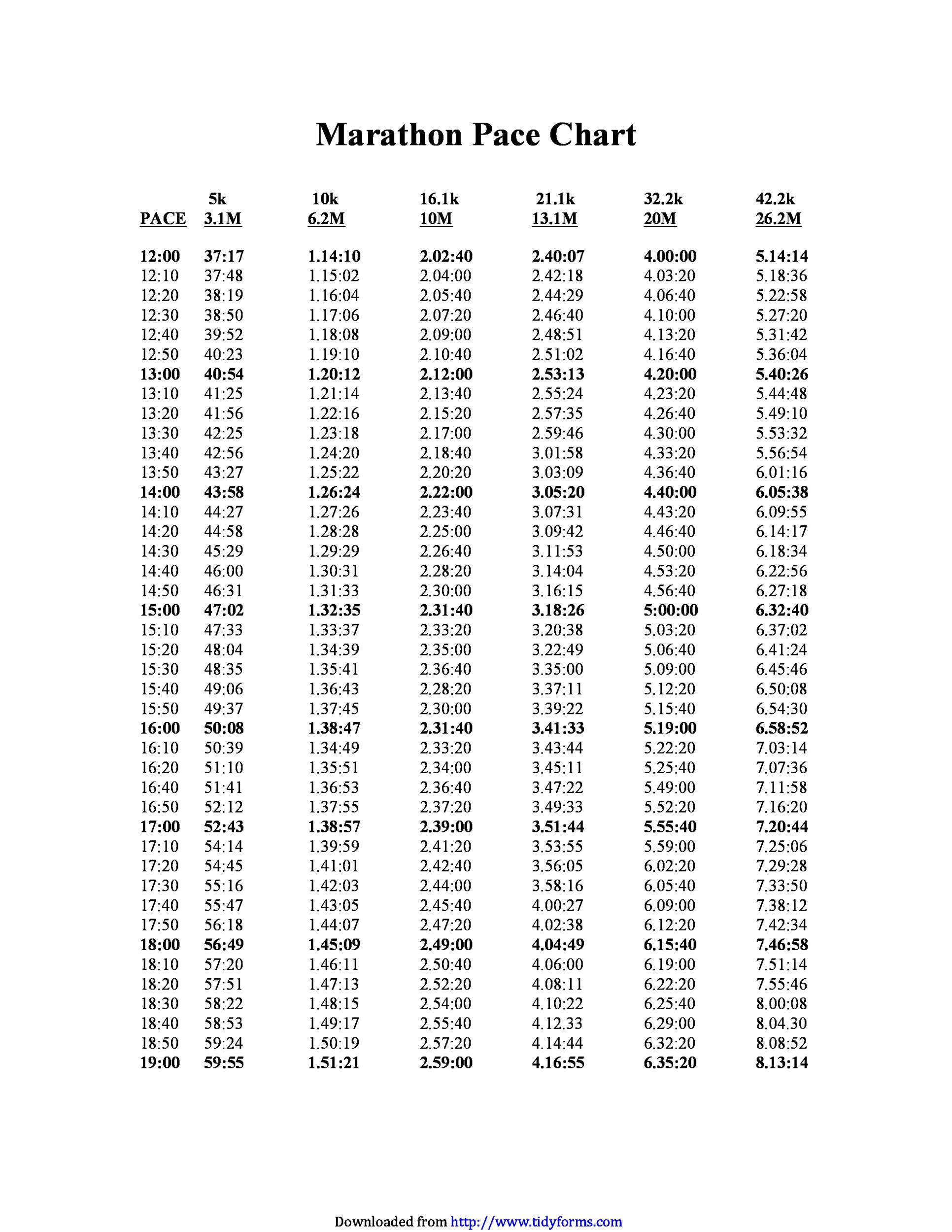

(If it feels too slow, that’s probably your taper talking. If you start running and the pace feels too quick, back off. Just because the calculator spits out a fast time doesn’t mean that you’ll automatically be able to run it - you still have to put in the work.įinally, remember that this is just a prediction, not an absolute truth. A flat mile track race on a cool day isn’t going to tell you much about how a hilly marathon in heat is going to go.Īlso, keep in mind that training for different longer race distances looks very different from training for shorter ones, and vice versa.

No matter which method you’re using, you’ll get the most accurate results by choosing recent races that were as similar as possible in race distance, weather, and course difficulty. Still, we include it in the calculator results so you can use it as a reference.

The equation is simple and easy to use (which is why so many are still using it), but it fails to accurately predict marathon times for most recreational runners. These approaches are different from what you’ll find on other race time predictor tools, most of which use an equation published by Peter Riegel in 1981: T 2 = T 1 x (D 2/D 1) 1.06 where T 1 and D 1 are your finish time and distance in a recent race, and T 2 and D 2 are your predicted time and distance in an upcoming race. We then take that score and figure out how fast you’d have to run the marathon to earn it again. In cases where you don’t provide enough data for us to use the Vickers-Vertosick formula, we use the logic from our age-graded calculator to get an age-graded score relating your recent run to the world record at that distance, multiplied by a factor to adjust for your age. Their formula requires more data input and returns slower times, but as they showed in their research article, those other predictions are “well-calibrated for races up to a half marathon, but dramatically underestimated marathon time, giving times at least 10 minutes too fast for half of runners.” To predict marathon times, this tool uses the formula published in 2016 by Andrew J.


 0 kommentar(er)
0 kommentar(er)
